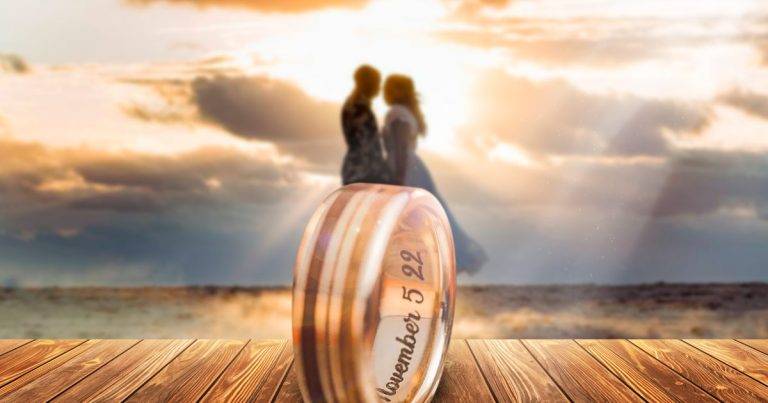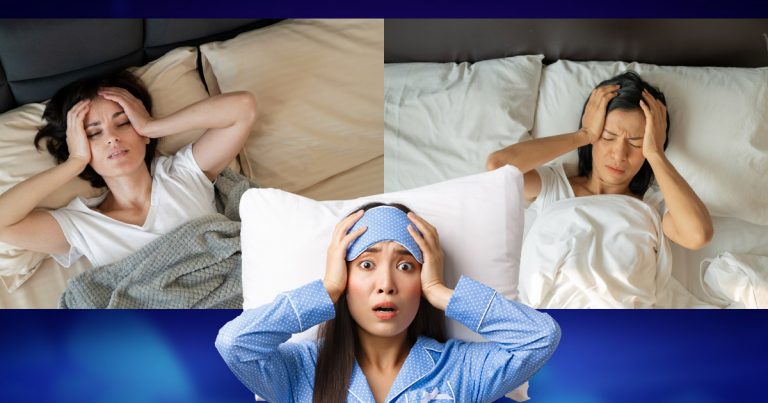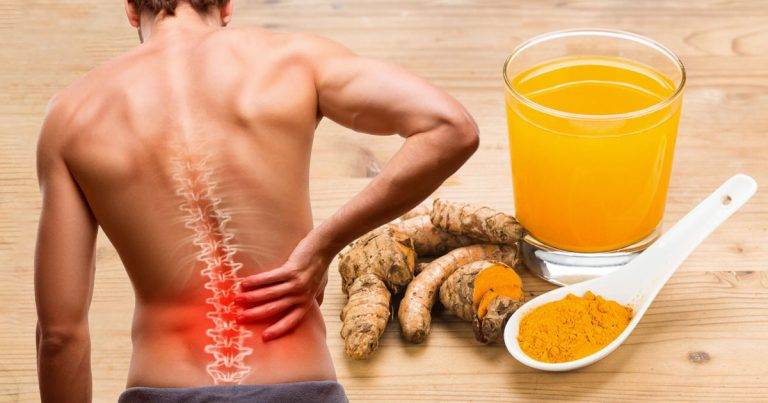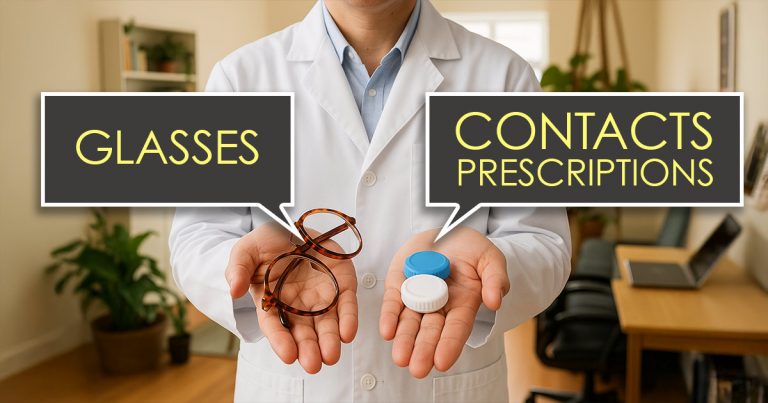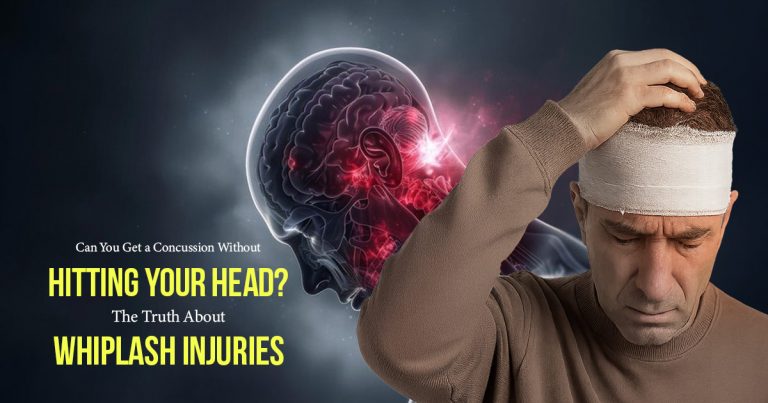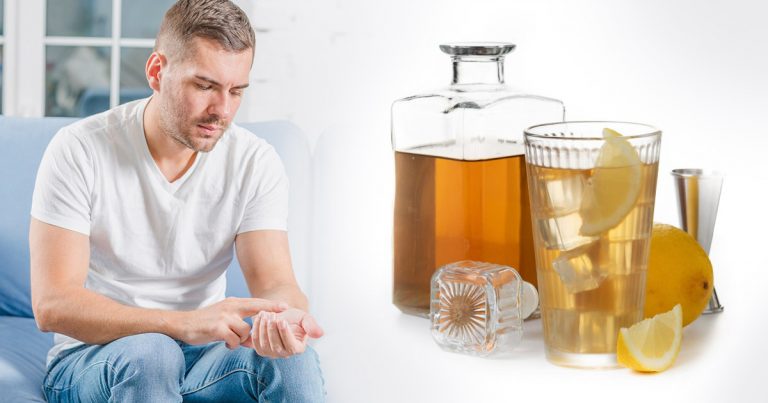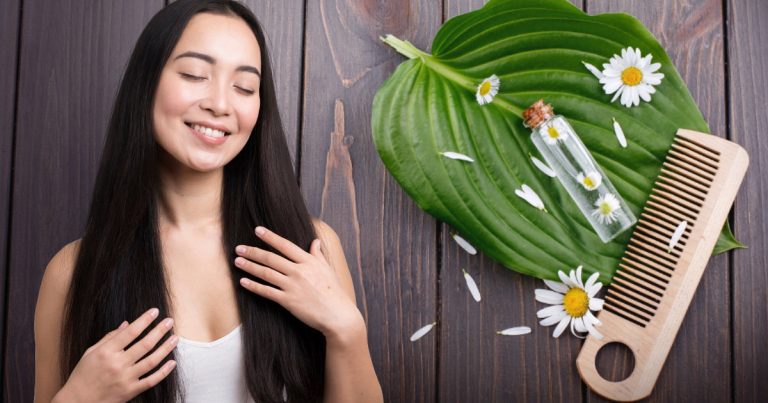Featured Articles
Everything You Need to Know About Having Your Wedding Band Engraved
Dating back to medieval times, the tradition of engraving couples’ most cherished jewelry with religious quotes and affectionate vows has persisted for centuries. While this practice adds a unique touch…
How to Stop Waking Up With Migraine: 10 Proven Prevention Tips
Waking up with migraine pain is a rough way to start your day. Before your feet even hit the floor,…
Turmeric for Sciatica Pain: Does it Really Help?
Sciatica causes severe pain that travels from the lower back through the hips and down each leg, which can make…
What is SMAC: The Key Technologies Transforming the Digital Landscape
SMAC is a term that’s gaining prominence. It combines four major technologies: social, mobile, analytics, and cloud. Each of these…
Popular Articles
Glasses vs. Contacts Prescriptions: What’s the Real Difference?
If you wear glasses or contacts (or both!), you’ve probably wondered, “Are they the same thing?” It’s a common question,…
Discover How Content Marketing is Redefining SEO Success
Gone are the days when SEO was all about stuffing keywords into web pages or tweaking meta tags to climb…
Can You Get a Concussion Without Hitting Your Head? The Truth About Whiplash Injuries
When you think of a concussion, you might imagine a football player tackled hard or someone hitting their head during…
Why You’re Not Losing Weight on Keto and How to Fix It
You’re cutting carbs, loading up on fats, and maybe even testing your ketones. But the scale? It’s stuck. If you’re…
Alcohol and Gout: 10 Drinks to Avoid with Gout
If you’ve ever had a gout flare after a few drinks, you’re not imagining things. Alcohol and gout have a…
15 Natural Ways to Get Silky Hair Without Salon Treatments
If you’re wondering how to get silky hair without spending money on fancy salon treatments or chemical-laced products, you’re in…

